Seagate will bring a 100-terabyte HDD to market by 2030, according to comments from its CCO. In an interview with CNBC, Chief Commercial Officer BS Teh shared Seagate's new 100 TB goal, citing demand from the AI and HPC markets driving the great leap in capacity.
"This is a key enabler for the industry to be able to deliver the storage capacity that the market needs," shared Teh when asked about the demand for 100TB units. "There's no other technology that's able to produce this capacity of storage technology to meet the growth that the market needs."
Seagate's current largest hard drive by capacity is the Exos Mozaic 3+, a 36TB drive released this year and available only to select customers. The Moziac line uses HAMR (heat-assisted magnetic recording) technology, briefly heating recording regions and reducing the intensity required to write data to discs, greatly improving storage density.
The Mozaic contains ten glass data platters, which Seagate has produced in capacities of up to 6TB each, making Seagate's current theoretical size limit 60TB. But the current corporate roadmap does not stretch this far, with Seagate in January saying it expects its next platform, Mozaic 4+, to bring 40TB+ HDDs in 2026, and the following Mozaic 5+ platform to bring 50TB drives in 2028 or later.
This falls well short of Seagate's 2017 roadmap, which aimed for 50TB hard drives by 2026. As a result, it could be wise to take claims of 100TB by 2030 with a grain of salt, unless Seagate has plans beyond HAMR after Mozaic 5+.
Seagate will also have energy conservation interests breathing down its neck in its race to boost capacity. As the AI market continues to demand an ever greater share of the energy grid, energy efficiency will likely be a more serious concern than consolidating capacity for enterprise users.
Teh claims that Seagate's race to 100TB is keeping conservation on the mind. "With the product itself, we design it to have lower power per terabyte, or to have higher density of the device itself, such that when you actually integrate that product into your data center, you require less space, less power, less everything, because you're using your fewer drives to fulfill that capacity." He also claims that Seagate is pushing renewable energy sources to power its production lines.
Whether the fires of AI and enterprise needs are enough to push Seagate through the goalposts by 2030 is yet to be seen. While the firm consistently releases the market's largest capacity drives, its history of falling short of over-enthusiastic stretch goals casts some doubt on the bullish claims of its C-suite.
Follow Tom's Hardware on Google News to get our up-to-date news, analysis, and reviews in your feeds. Make sure to click the Follow button.

 6 months ago
85
6 months ago
85
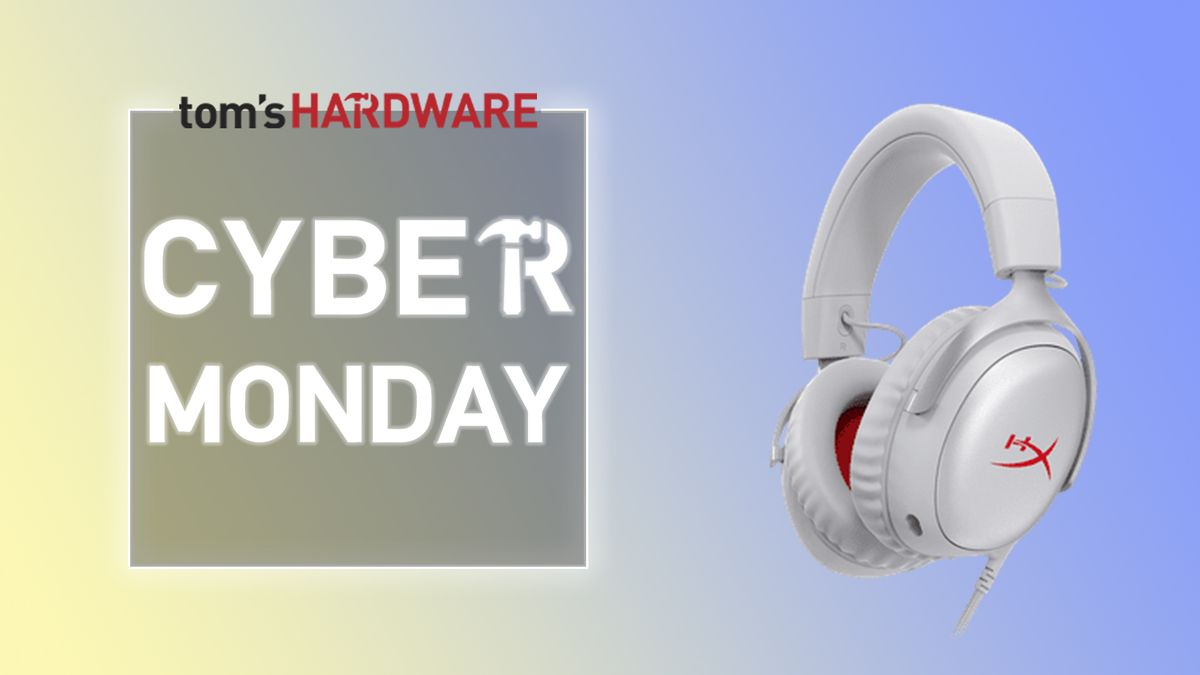
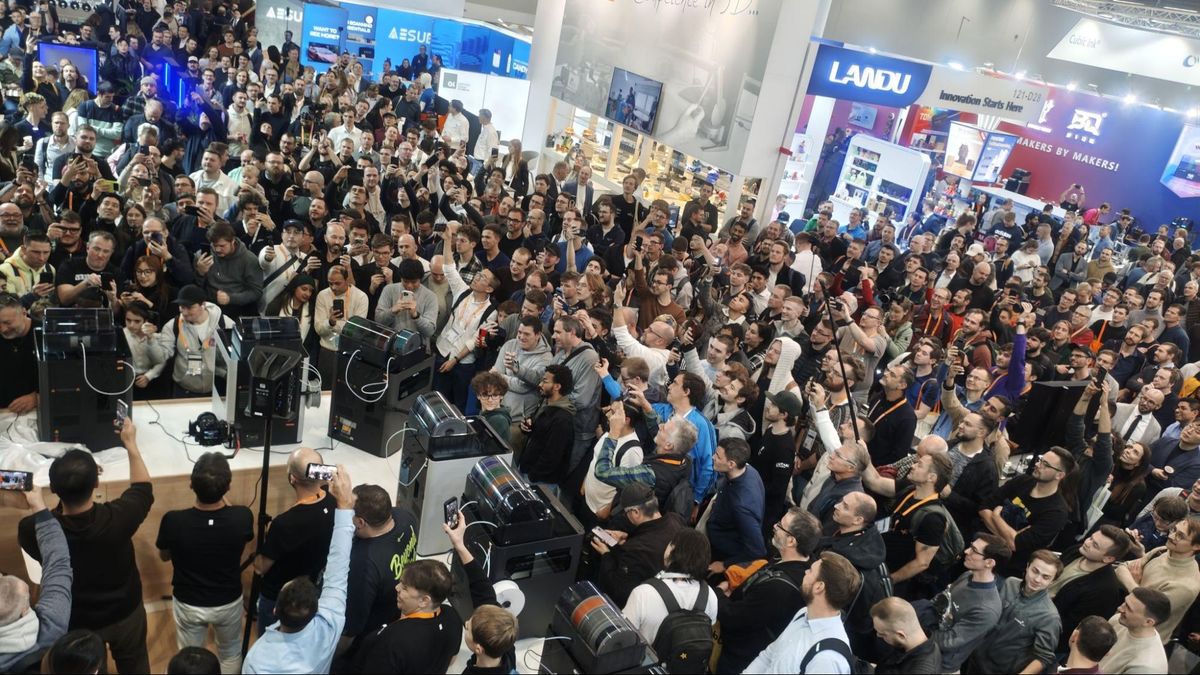
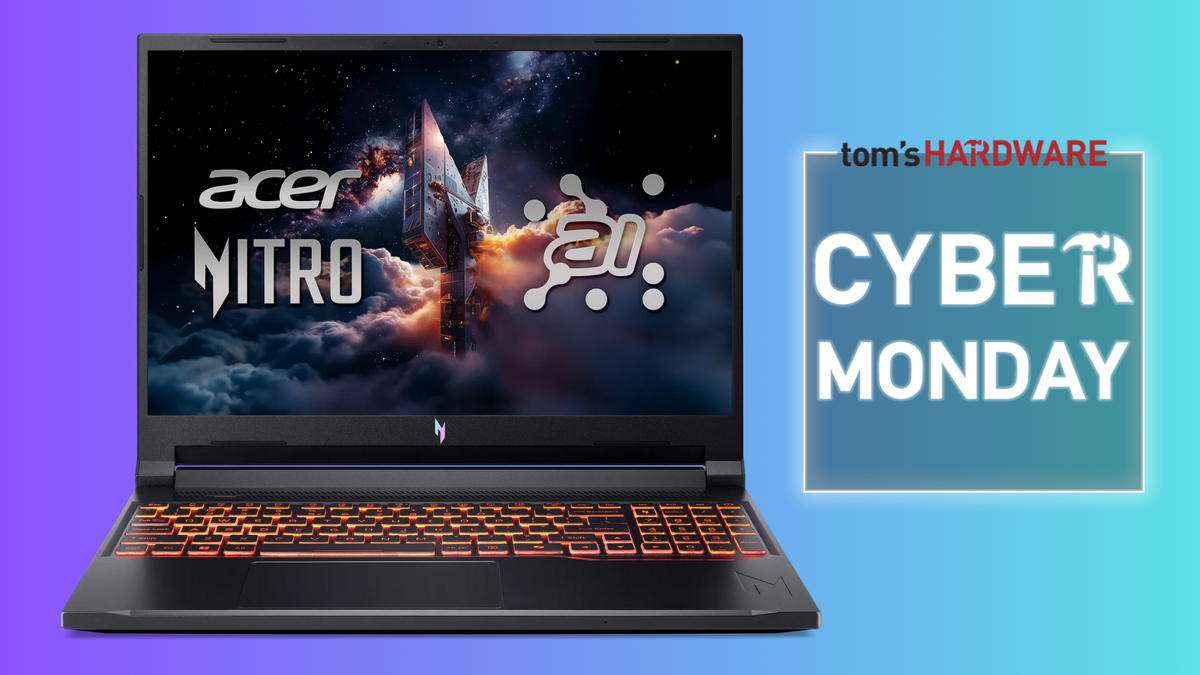
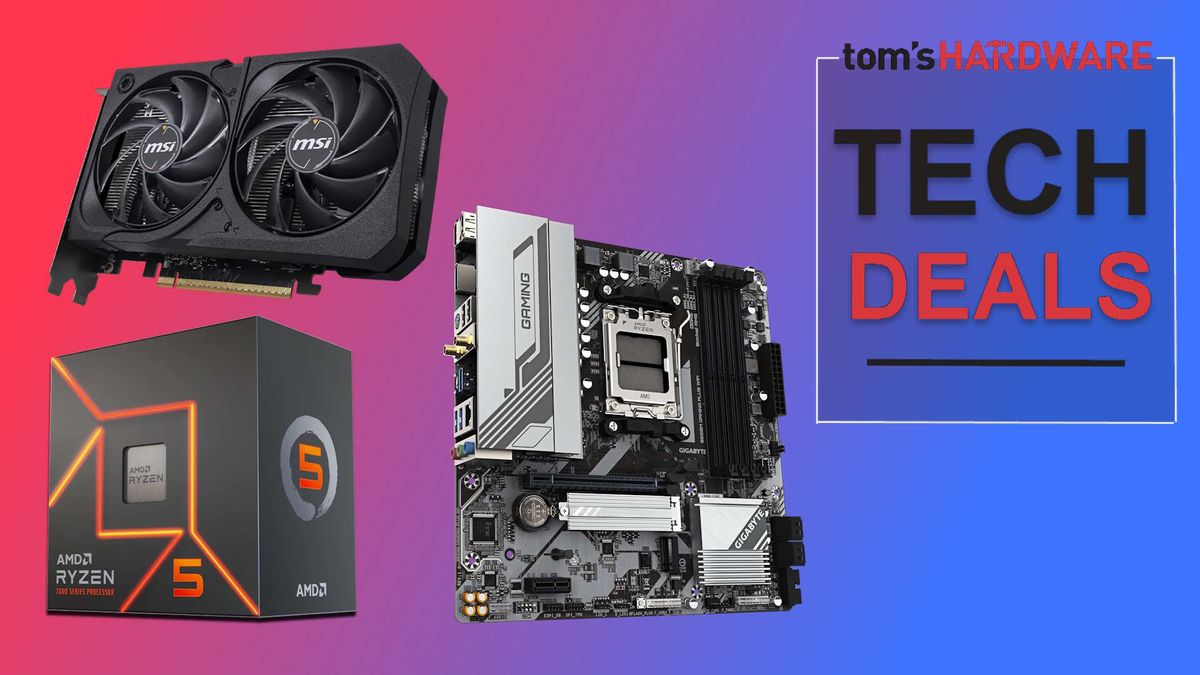

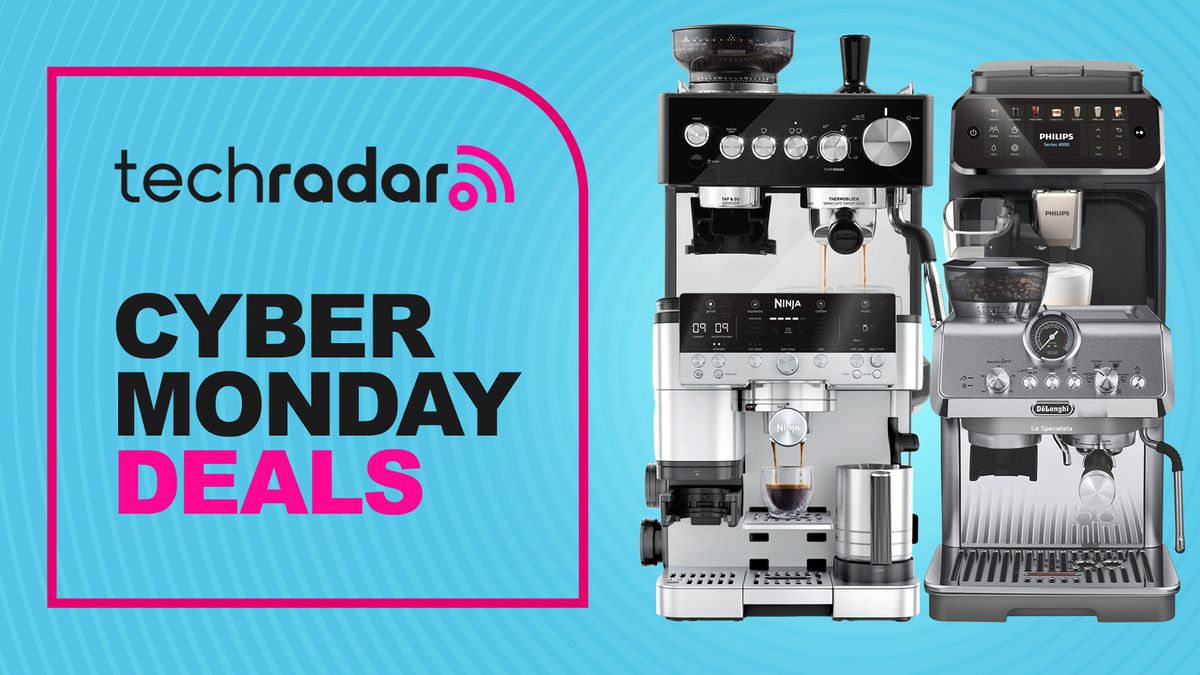

 English (US) ·
English (US) ·